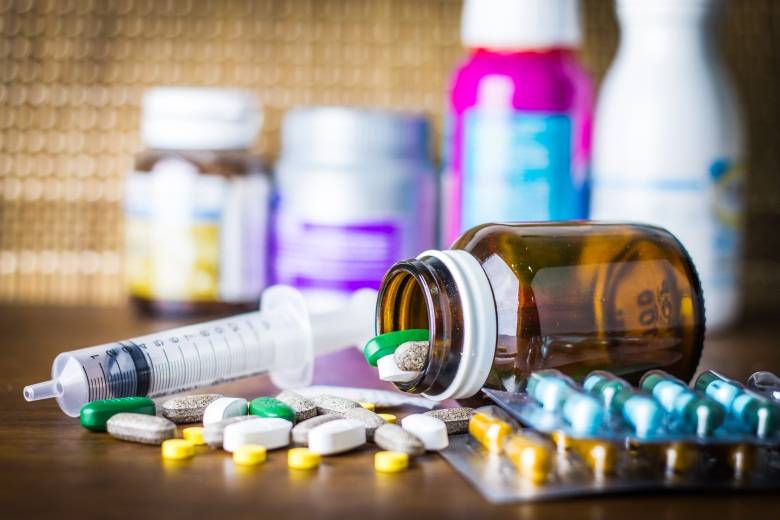Drug development refers to the stages of drug research and discovery that bring the newly discovered drug to the market with regulatory approval.
Conventional drug development involves
- searching for new potential drugs by high-throughput screening of molecular databases
- conducting experimental pre-clinical trials
- clinical trials on humans after regulatory approval
- successfully meeting the parameters of laws to start marketing
Drug delivery refers to the approaches used to target an affected part of the body with a drug. Drug delivery is conventionally performed through oral ingestion or intravascular injection. The human body’s blood circulation then ensures delivery of the drug to the target region. This method has major flaws such as:
- the drug get diffused while passing through the system and loses potential when it reaches the actual target
- Side-effects in unintended locations may emerge due to the diffusion of the drug in the system
- time and costs involved in this approach is highly wasteful since a large percentage of the drug doesn’t actually reach the target
Some future trends in the pharmaceutical industry, especially in drug development and drug delivery hope to address the issues faced by conventional approaches.

Exploratory Phase
This is a novel initiative by the food and drug administration (FDA) to reduce the time period involved in drug development. It allows for a pharmaceutical company to test a drug in a limited manner with less number of regulations. It is designed to act as an experimental phase before even pre-clinical trials are conducted. Companies are expected to gain some information on whether to continue developing the new drug or whether to modify it using the information obtained.
Use of Biomarkers
Biomarkers are viewed as a tool to improve drug development processes and their efficiency. Identifying and predicting biomarkers are significant due to their definition as cellular or molecular events that indicate the health outcome of a person on exposure to a certain environment. In clinical trials, biomarkers can provide reference points to whether treatments are safe and possess efficacy.
Use of Drug Development Software
Prediction is the critical element that is observed at many stages of drug development. Using modeling software (in-silico method) helps in improving traditional drug discovery methods of screening, molecular libraries, large amounts of unreliable assays, predicting rare adverse reactions in animal testing (in-vivo), etc. The FDA is actively trying to replace the conventional animal toxicology testing methods with in-silico methods in its regulatory guidelines. This will enable pharmaceutical companies to cut down costs in some research areas significantly because they do not have to run pre-clinical animal testing on a large scale if modeling software is available. The software approach also offers great benefits in analyzing the great complexity of the human body at faster rates than manual research models can. This analysis will help drug researchers to understand the body better and design better drugs.
Targeted Drug Delivery
Traditional drug delivery is majorly affected by the fact that most of the drug does not reach the intended target in doses that are effective. To address this, a targeted drug delivery system is being researched and developed. Through this, a drug of desired concentration and dosage is attempted to be delivered to a target region in the body through novel methods. This method is often used in cancer treatment where a drug targets the molecules of cancer cells that allow those cells to grow without inhibition. The surrounding normal cells are unaffected by this approach. This method ensures a reduction in side-effects and provides a better chance of the drug treating the target.
REFERENCES
https://www.ncbi.nlm.nih.gov/pmc/articles/PMC3078627/
http://www.niehs.nih.gov/health/topics/science/biomarkers/index.cfm
https://www.ncbi.nlm.nih.gov/pmc/articles/PMC3745778/
http://www.intechopen.com/books/drug-discovery-and-development-present-and-future/overview-of-current-drug-discovery-and-development-with-an-eye-towards-the-future
http://pubs.rsc.org/en/content/chapterhtml/2015/bk9781782621898-00001?isbn=978-1-78262-189-8
https://en.wikipedia.org/wiki/Drug_development
https://en.wikipedia.org/wiki/Targeted_therapy
{{cta(’66d11a34-20b9-40f5-9fea-a15f23f1c919′)}}



